I have a situation where I am receiving orders of multiple products of varying quantity that need to ship on multiple trucks. The goal is minimize the number of products per shipment to make product picking more efficient.
Ideally I don't want 6 different items per truck. What I can pretty easily do and don't need help with is just ordering items by quantity descending and streaming them into groups of 24 (truck limit). I'm struggling to find an algorithm to intelligently break the quantity into "smart groups". My first thought is I'm really looking at developing some sort of AI to do this, and not really sure where to start. Does anybody have thoughts or suggestions on how to accomplish this?


